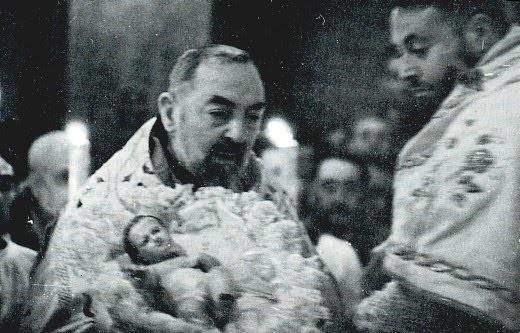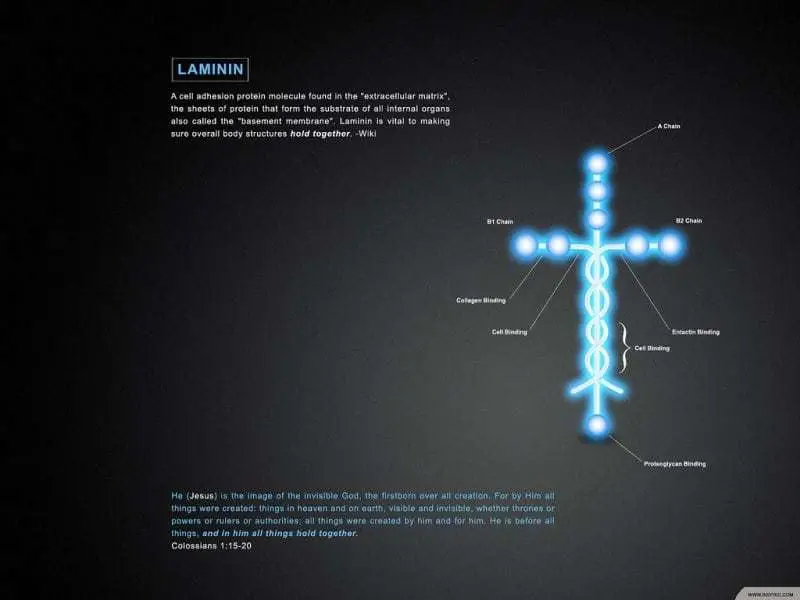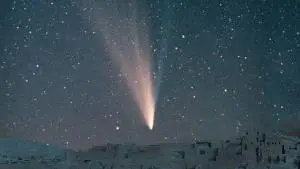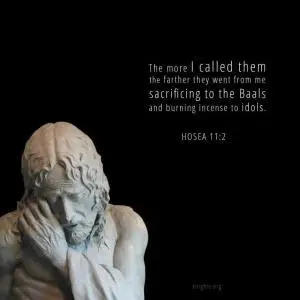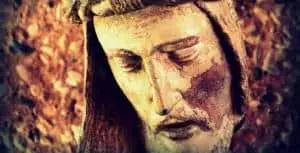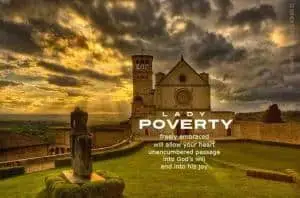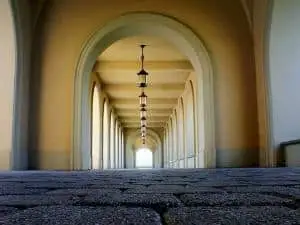It is the third week of Advent, a time of joyful expectation, and I find myself thinking about faith and scientific inquiry. Or rather, how God places himself and reaches out to us, wherever we cast our gaze to look for truth and meaning.
For example, the protein laminin, a cross-shaped protein base membrane that binds together most cells and organs. Many Christians have commented about its crucifix shape and for good reason. The shape is striking.
Laminin is perhaps another little fingerprint of God’s love imprinted within the created world.
I think it amusing to turn the logical positivist argument — that rock gave birth via evolutionary chance to man (implied higher spirit). We could say rather with a certain Aristotelian-Augustinian-Thomisitc accent that Spirit gave birth to the material world. Perhaps just as all existence (and time itself) depends upon the Prime Mover so too but in a smaller circle might the physical universe depend upon the “living” laminin. That to me is an intriguing idea.
It is familiar to our poetic souls to speak of all of creation moving, aching, and heaving in order to create, say, a little beautiful flower. Our Christian cosmology is certainly postured towards this type of sacrificial story framework — the real poem of God becoming man and entering into his creation giving his total self in order to redeem us from our fallen nature.
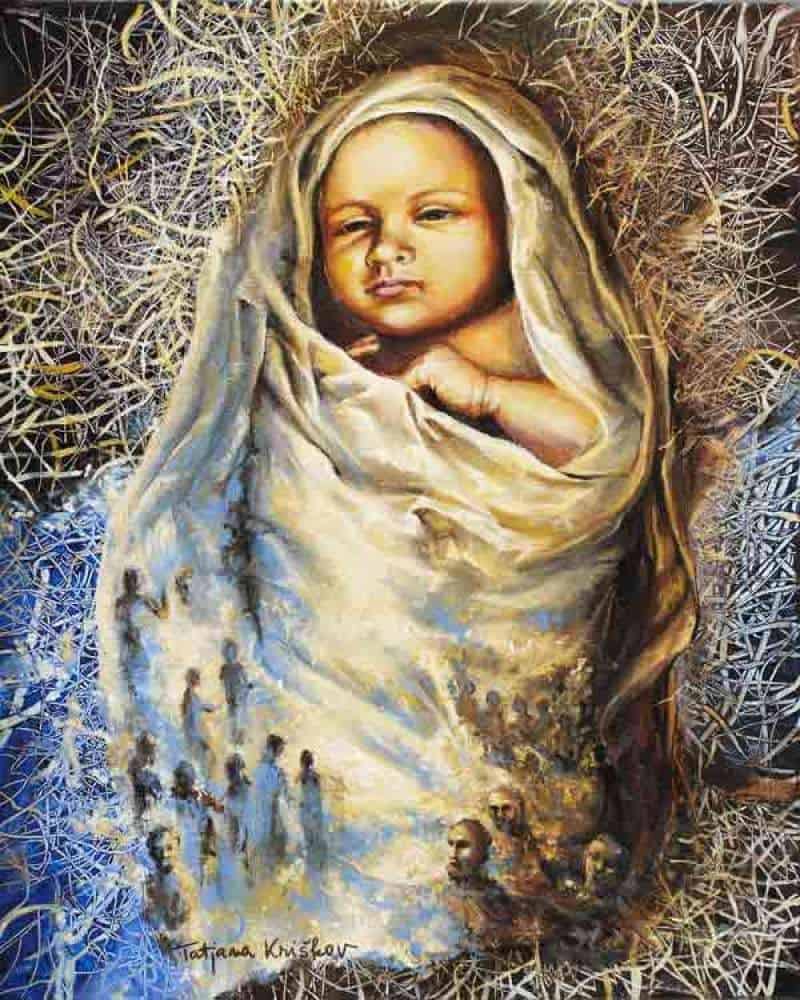
There is a certain consistency in God’s incarnational humility. He comes in his fullness to us today as consecrated bread and wine, the Eucharist. But that outpouring too is echoed, not in potency but in a kind of poetry, in the natural world so that even the rocks proclaim his name. This is not pantheism, not a divine Gaia, not gnosticism, but an incarnational poetry. Did you know they found a song, or rather notes, in the stars of Our Lady of Guadalupe’s image?
St. Thomas tells us that there is no space between God’s potency and his actualization, word and being, so it is a valid course of hypothesis to look at the binding protein laminin which is claimed to support all of material organic life and see poetry in its cross-shape as many do.
All of existence, material and spiritual floats on the cross, philosophically/theologically/historically in the reality of Christ. And this redemption is “painted” in the canvas of the material universe, the shape of the cross, and more…
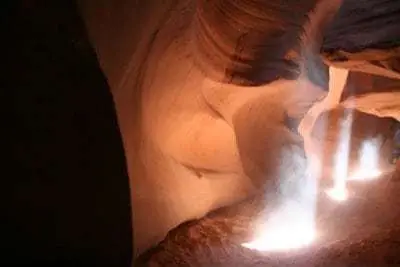
God’s humility reaches us where we are. The simple peasants with king-sized faith will believe by seeing Our Lady of Guadalupe. The educated will unravel the mystery of the iconic associations and connect them to history and the particular situation of the Aztec peoples. Scientists with their thicker lenses will look at fibers and molecules and even there God’s hand reaches to call them to deeper faith through signs and marvels of his mastery of creation. He is the Creator and the First Child.
If we take faith and science and like thinned paints lay them over one another we may begin to see a three dimensionality that leads us to a complimentary understanding of the larger subject — the pure exchange of persons, the pure love which is the live of the Holy Trinity and the glue that binds existence together made humbly manifest in a poor Bethlehem creche.
Be little, and humbly manifest Christ in all you do today.

